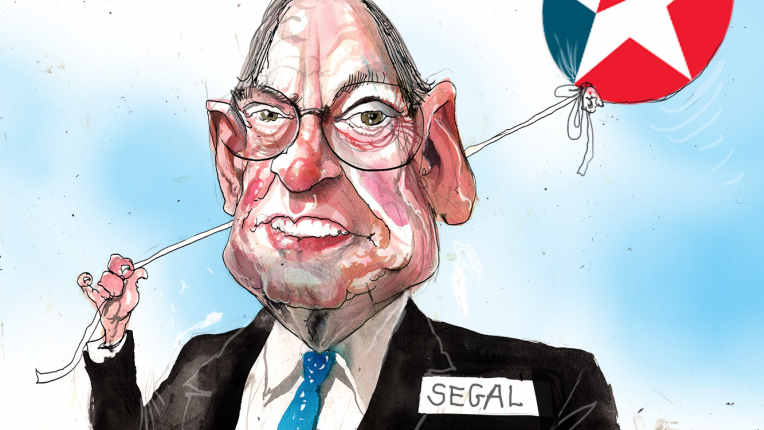Caltex indolence invited takeover bid
by Joe AstonSetting aside for a moment whether or not Alimentation Couche-Tard’s price for Caltex is right, at the very least, it has roused the board of the local fuel refiner and convenience retailer from its discreditable torpor.
Shareholders paid Caltex’s non-executive directors $1.9 million in 2018. The six of them collectively own a meagre 36,806 shares in the company worth $1.27 million. Chairman Steven Gregg earned $550,164; and after more than two years at the helm, he owns just 6,000 shares. When it comes to directors’ skin in the game, Caltex is the Myer of petrol.
Gregg has, however, managed to hand a defence mandate to his favourite investment bank, Grant Samuel (UBS is co-adviser). He “was a member of the Grant Samuel non-executive advisory board”, Caltex’s website used to say, that reference since expunged.

And while so reluctant to open their own wallets and purses, what kind of performance have these directors extracted from management?
Working backwards from October 10 (the last trading day before Couche-Tard lobbed its first indicative bid), Caltex’s 12-month total shareholder returns were -10.7 per cent, against 15.6 per cent for the ASX 100. Over three years, its TSR were negative 14 per cent, compared to 43.1 per cent for the ASX 100, index underperformance of 57.1 per cent – not just the bottom quartile, but the bottom of the bottom quartile; indeed, the Myer of petrol by yet another measure!
This makes a farce of chief executive Julian Segal’s conviction that his current management team is “the best… he has worked with in 30 years”. Scoreboard?
Over those three years, institutional shareholders – beyond current agitator Merlon Capital – have nagged the bejesus out of the company to unlock value by selling high-value sites, spinning off its land into a REIT and disbursing franking credits in the process (Caltex has $834 million of them, up from $820 million three years ago and barely down from $897 million a decade ago). By way of thoughtful rejoinder, the board sat on its hands. They must’ve been madly preoccupied failing to plan for CEO succession.
Caltex did announce the property IPO (alongside a 35 per cent retail earnings downgrade) on November 25, but only after the Canadians poured two buckets of cold water over the somnolent pricks.
Asked two weeks ago by a shareholder when it was that he’d grasped the importance of distributing the company’s franking credits, Gregg admitted the board had only realised in April, when new CFO Matthew Halliday started. Astonishing.
Thus, dozy oversight of cruising management has all but goaded a bidder out of the woodwork – at an opportunistic point in the refining cycle, to be sure.
Price is for others to haggle over. But for Segal to now entreat the market to “back our plan instead”, a plan where “top quartile TSR is the overarching objective”, is an exceptionally heroic ask. “Past performance is not indicative of future results” is supposed to be a warning, not a prayer. Caltex hasn’t even seen the second quartile in the middle distance since Caitlyn Jenner was still Bruce.